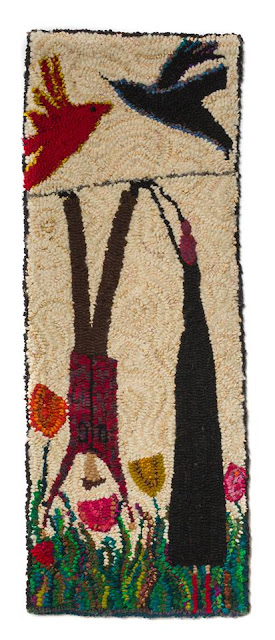Marshalltown 101

Everett's Underwear, rug hooking, Laura Kenney Marshalltown 101, Poor House Miser, oil on masonite, Steven Rhude "The development of folk art for a museum audience in the late twentieth-century Nova Scotia coincided with changes in art education and the sales market more generally. Much like conceptualism, contemporary folk art in Nova Scotia became a site for new, academically trained arrivals to explore an artistic counter culture set quite apart from the elite collecting circles across North America that had so marked the early twentieth century and the foundation of most metropolitan art museums, include the NSMFA. The late 1960s and early 1970s had seen an influx of new MFA - degree programs across the United States - fifty three programs in studio art were inaugurated between 1965 and 1974. " - Erin Morton, For Folk's Sake Many trained MFA holders at NSCAD were convinced to rally around alternatively distinctive forms of art - thus folk art ...




